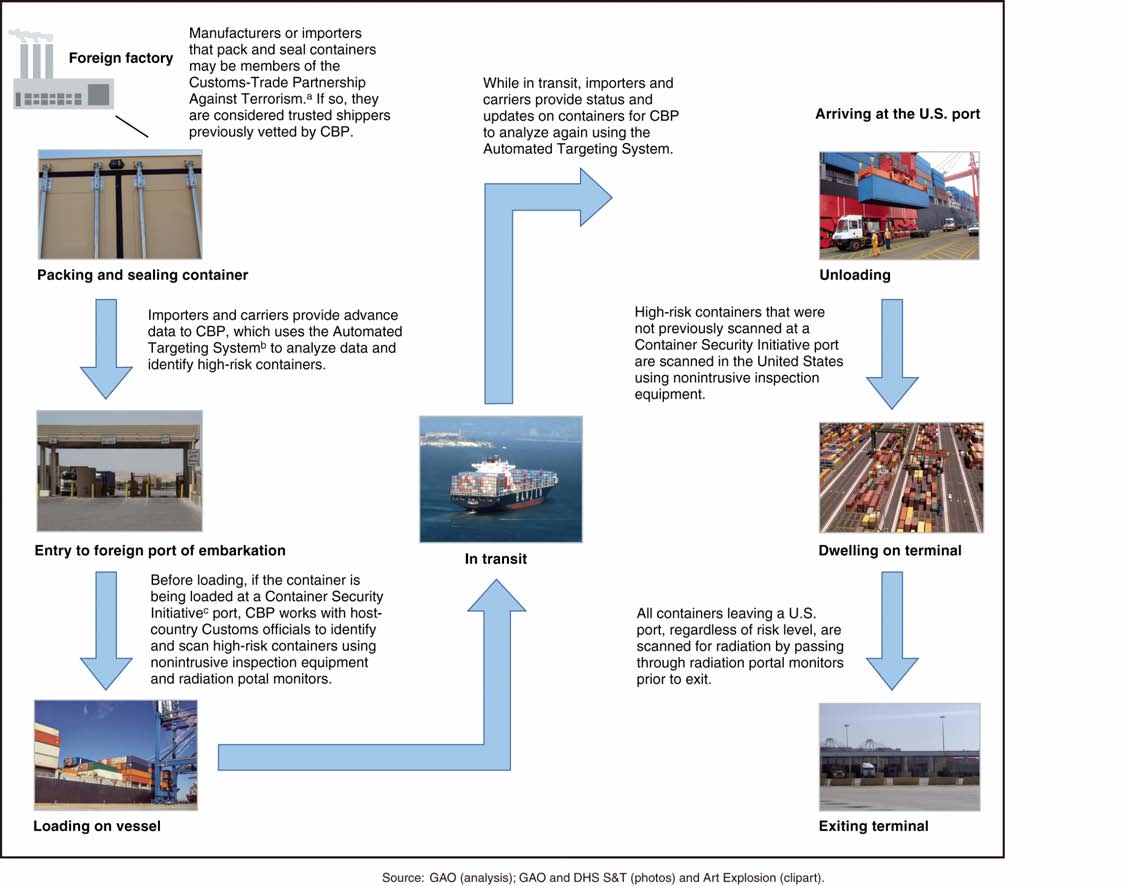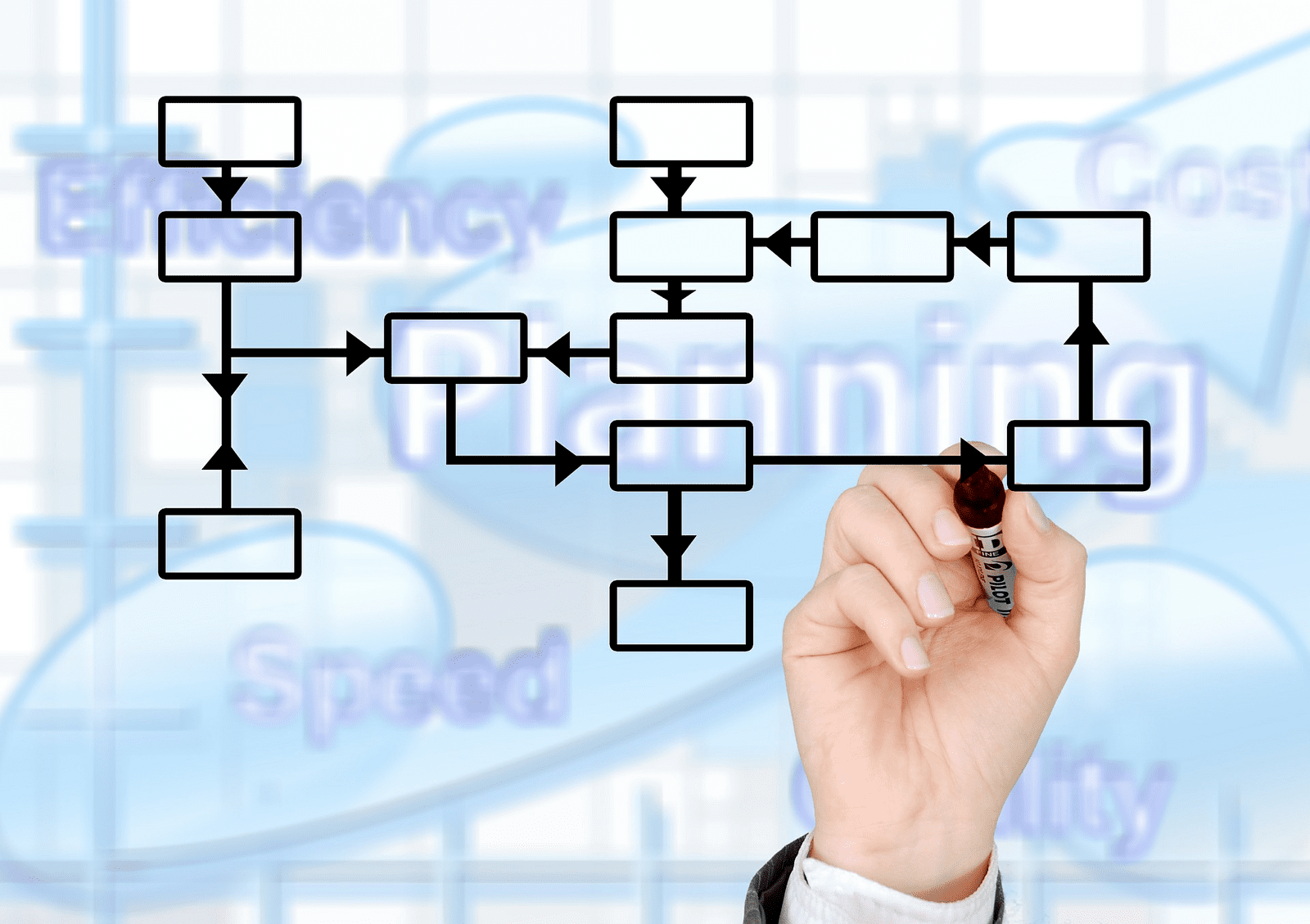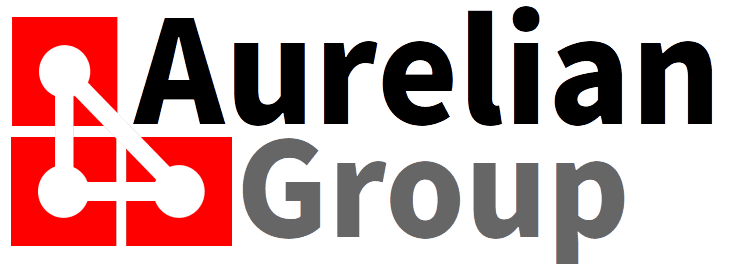
Value in Supply Chains
To understand the logistics component of Information Logistics, allow me to make an analogy with the supply chain. Every step in the supply chain, the value of the product increases, as it gets closer to a consumer accessible and usable product.
In other words - the goods are either transformed, transported, or at rest. Only when they are transformed or transported is the value of the good increased. At rest, only the cost increases.
For example - Consumers buy bread. Every stage where the wheat (and other production raw materials) is transformed, transported, packaged, and put on the shelves for people to buy, value is added. At every stage where the wheat is in a silo, or the bread on a shelf, there is no value added (but the costs continue!).

Does the information lead to a decision?
How many times do we create a report, just because we always create this report? The report is then filed, and never reviewed again? Or we update the data in the systems, just to create such a report? And usually only when the report deadline is looming, do the systems get updated?
These are "deadly sins" in Information Logistics. First of all, data should be entered to facilitate a process. The value of that data is already realised by fulfilling the process. For example, when a customer orders from the internet store, the order details are entered by the customer, which kicks off the process. In a less than optimally integrated system, the order is fulfilled by the staff (i.e. products sent) and the details are later added to the company finance system, manually - because otherwise the sales and tax reports are not accurate. The data should never be created for a specific report - the report should be view of data that is created as a result of an information value chain process.
Analysing your Information Supply Chain
How does your business perform against Information Logistics standards? For small businesses, it is relatively easy to measure: how much time is lost by entering data and compiling reports? If you hear: I do not have time for any of that, then you are most likely onto some major improvement opportunities. In larger businesses, it seems a more daunting task, and there are more angles of investigation. But a rule of thumb to follow is always: what is the lag between data and information (i.e. it takes two weeks to see a project performance report, versus it is available at will), or how many spreadsheets are used for reporting purposes.
Finally, look at the use of data - is it to 1). push the process into the next stage, or 2). to make a decision? Option 3). Inform of what already happened is the most widely use of data, but the least valuable. At the very least, learning of what already happened should have a component of learning (making a decision) in it. Otherwise it is a complete waste of time to create and discuss the report.

Systems and Information Logistics
By thinking of Information Technology as Information Logistics, we change our approach to the applications. It is no longer an Accounting Application, or a CRM (Customer Relationship Management) Application. The solution architecture determines how the applications integrate (note: manual integration is still integration - just with a high operational cost) to form a process., The end of the process is a set of data formatted in such a way that it gives insight into the efficiency of the process, and drives decisions that lead to increased productivity and/or profit. Stop buying individual applications, start with an Enterprise Capability Map and use that as a base for your Enterprise Architecture. BTW: this goes for any size business!
What we can do for you
Aurelian Group takes care of your Information Logistics needs as a managed service. We provide the platform, the applications, the implementation service (we analyse your needs, and select and configure the available applications towards the desired outcome), support, maintenance, and enhancements (because your business and your market are always in motion, your systems should constantly be monitored and tweaked to keep up) for one single monthly payment. Contact us for more information.
